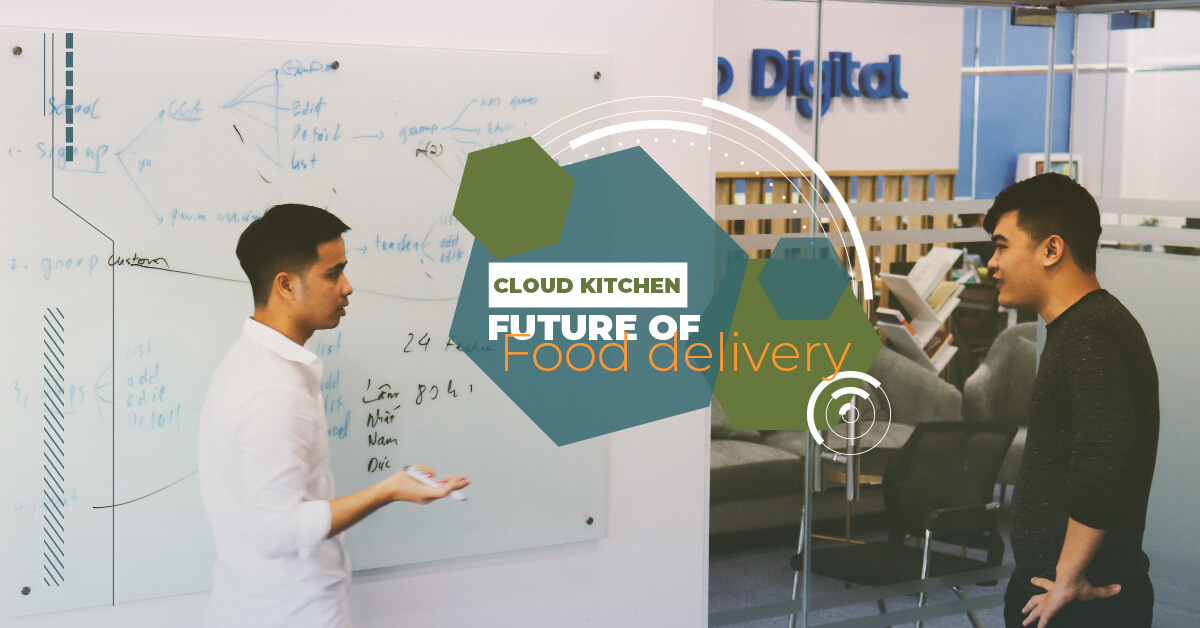Cloud kitchen concept: future of on demand food delivery
Cloud kitchen concept has increased regularly these days due to the changes in consumption behaviors in favor of the online food delivery market. Obviously, online food delivery has thoroughly reshaped the food and beverage market since it changes the purchasing behavior of customers. In the past 5 years, it was the glory time of physical […]






